IDEAS ARE A WORK OF BRIKOLAGE. THE MORE PIECES ON THE TABLE , THE BETTER!!
Great ideas come from the bridging of seemingly unconnected thoughts. These thoughts, therefore, must be available in the neural networks for the association to be made. When those thoughts reside in the same brain, it is relatively easy. However, when they reside in different people in the same or different organizations, connecting those thoughts becomes more challenging.
During his time as college student, Steve Jobs observed a calligraphy class and was mesmerized by the beauty and diversity of the different fonts. Years later, he connected this thought with his technical mastery, birthing the idea of having different fonts available at our fingertips. Though hard to believe today, before Steve Jobs’ creation, computers only had one type of font available. He had deep computer mastery, and he added the beauty of calligraphy to his thoughts by walking through the calligraphy class and observing the students. His ability to associate these thoughts did the rest.
This example illustrates the need to have mastery depth (computer technology for Jobs) and the access to what is called the “adjacent possible” (in this case the calligraphy class). This is true for any significant innovation. The need for people and companies to look outside their own mastery box, go for a walk, take a training on something new, read a book, observe the world around you , talk with people, go for a run, show interest for what your colleague is doing, do something different. Trying something different is not only good for your overall wellness but fundamental to form a creative mind.
The adjacent possible, as introduced by Stuart Kauffman in 2002, is the access to new possibilities that are close enough to present realities creating a better idea. The importance of connecting the mastery with the adjacent possible may sound like a new idea, but it’s an ancient phenomenon. It underlies how biological systems evolved from the first cells on the planet to what exists today. Biological systems were able to morph into more complex systems by connecting the mastery depth in what they were and how they function with needed changes shaped by their surroundings. This enabled the evolution of simple primordial cells into the more sophisticated and efficient structures of today.
An example closer to the entrepreneurial world is the creation of Uber. In 2009, G, Camp, an expert on web tools and entrepreneurship observed the need to find quickly affordable taxis independently of the time or location. He was able to associate his knowledge creating apps and entrepreneurial businesses with the observed need of finding a taxi. Imagining a better future where taxis were available using an app technology came from the association of his mastery and the access (by observing the need) to the adjacent possible.
Minute maid producers were able to connect their deep mastery of orange production and juice extraction process with the known habit in China of “chewing” particles in a juice (like bubble tea). This is how Minute Maid pulpy with more and more chewy pulp became a great success in Asia.
Procter & Gamble R&D connected their deep mastery on absorbent materials with the observed common practice in Mexico of using chamomile for almost any skin irritation. As result, the creation of Naturella, a leading menstrual global brand promising natural protection that is good for your skin. Same process for the creation of Swiffer combining their mastery on paper absorbent materials and cleaning systems with the observed lack of delight in the process of floor cleaning.
It is the crosspollination of ideas, the access to the adjacent possible, that creates a fertile land for the flourishing of creativity and the creation of great innovations.
I will share few techniques to improve knowledge depth and access to the possible adjacent with my next publications. In the meantime, keep it up!
